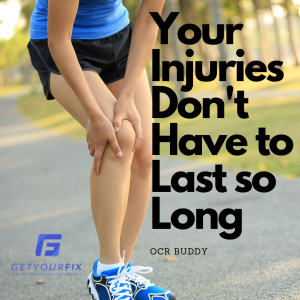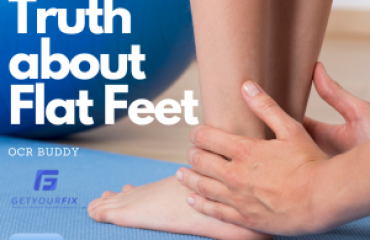 When injuries occur, the common treatments tend to be rest, ice, pain meds, rolling, massage guns, stretching, and sometimes immobilization. Months later, rather than the issue being resolved, one of three scenarios has often resulted: 1) the same pain remains present, 2) the pain has gotten worse and you are no longer training, or 3) other injuries have now also developed.
When injuries occur, the common treatments tend to be rest, ice, pain meds, rolling, massage guns, stretching, and sometimes immobilization. Months later, rather than the issue being resolved, one of three scenarios has often resulted: 1) the same pain remains present, 2) the pain has gotten worse and you are no longer training, or 3) other injuries have now also developed.
(Disclaimer: I am not saying rest and immobilization are never necessary. Some injuries absolutely require it for proper healing.)
The question is raised in your head at that point, “Why do I continue to have this pain when I am doing everything that the web searches, blogs, forums, etc. say to do?” which then turns into the thought of, “Am I going to have to deal with this forever?”
If those are the thoughts in your head, you are not alone!
Unfortunately, the majority of the information out there on injuries is very antiquated and yet still being told to the general public to do when they are injured. Not that any of them are bad to do, but it is more a factor of they don’t help like we thought they did years ago.
Let’s discuss some of these now…
RICE (Rest, Ice, Compression, Elevation)
Starting with rest. The body require movement when healing most injuries. I am not saying to continue training like you were prior to the injury, but I am saying to continue moving – attempting to keep your movements as normal as possible during the day, working range of motion in both a non-weightbearing and a weight bearing position, etc. Along with that, taking time to work the stabilizer muscles of the area is also highly beneficial when dealing with most injuries.
When talking about ice, the majority of what you are doing when putting an ice pack on a limb is numbing the pain receptors. That’s it! Which brings in problem #2. We need swelling and inflammation to bring in the healing properties. If you are dulling the pain, the swelling and inflammation will be decreased. If the swelling and inflammation are decreased, your body will not be able to heal itself as well. It’s basically a downward spiral.
Compression and elevation bring similar issues for what ice does – they both keep the swelling down. As I stated above, your body needs the swelling and inflammation in order to heal the damaged tissues.
Rolling, Stretching, Massage Guns, Etc.
Soft tissue work of any sort with injuries is not a bad thing to do, but these methods are not an ‘end all be all’ situation like many people tend to think they are. Yes, they do work to loosen up tight tissues to allow better movement, which helps you feel like the injury is resolving, but most times you have to continue doing them on a daily basis just so you can train and function. Does that sound accurate for what you have been doing?
What does work?
Overcoming injuries requires several things which don’t happen when you use the methods discussed above. Overcoming injuries requires restoring proper movement and ultimately finding the root cause of the injury and addressing that cause. When you do that, the issues you have been dealing with will go away.
Written by Brianne Showman. Brianne is a physical therapist and running coach with Get Your Fix Physical Therapy And Performance. Her focus is on helping athletes resolve injuries in less time by getting to the root of the problem, improving movement patterns, and incorporating proper training to help the body to move more efficiently, more powerfully, and in less injury-prone ways.









